DPR Closeup
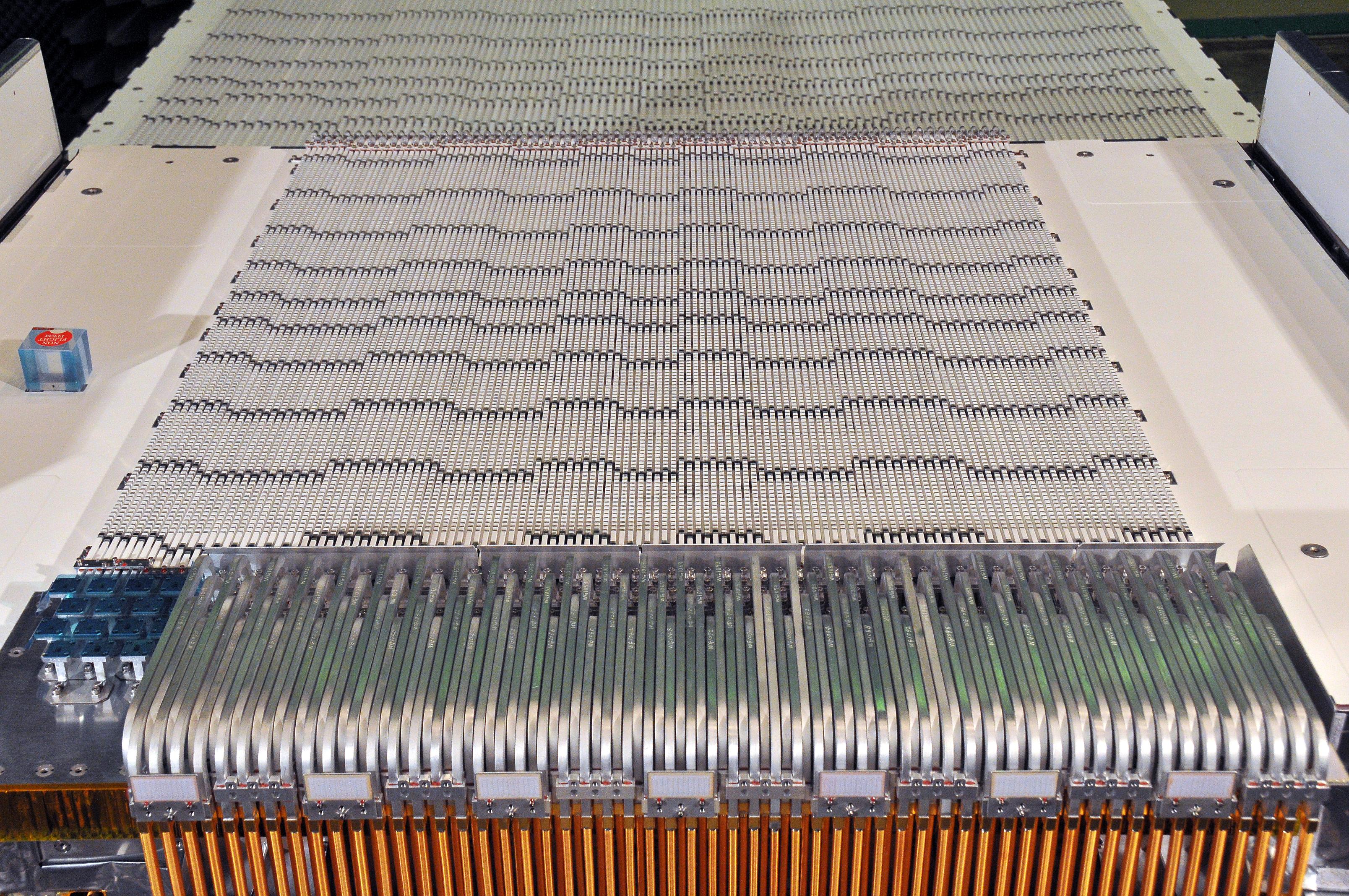
The DPR was built at JAXA and is being transported to NASA Goddard Space Flight Center for integration onto the GPM Core Observatory.
Content which is affiliated solely with the Global Precipitation Measurement Mission.

The DPR was built at JAXA and is being transported to NASA Goddard Space Flight Center for integration onto the GPM Core Observatory.
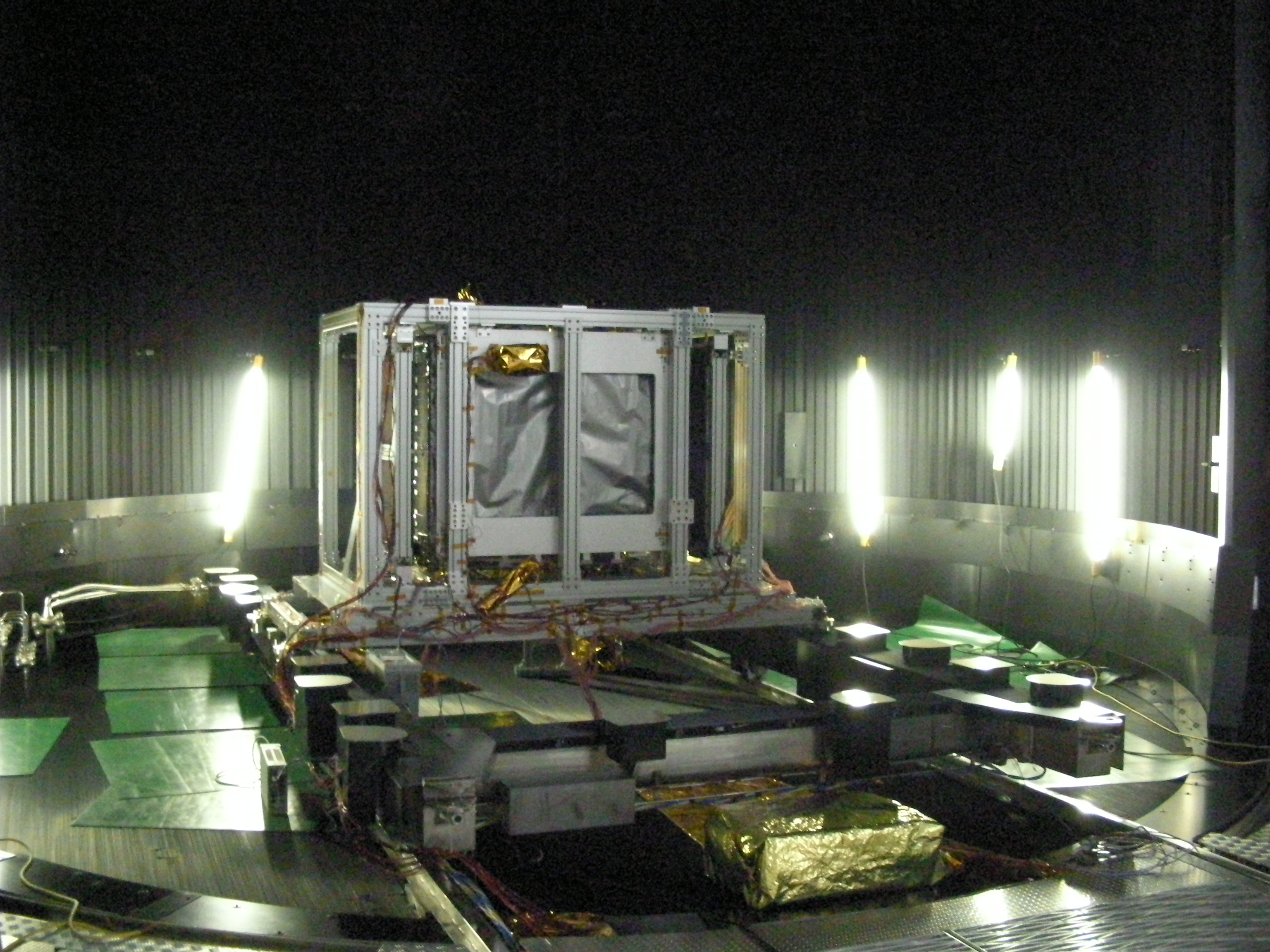
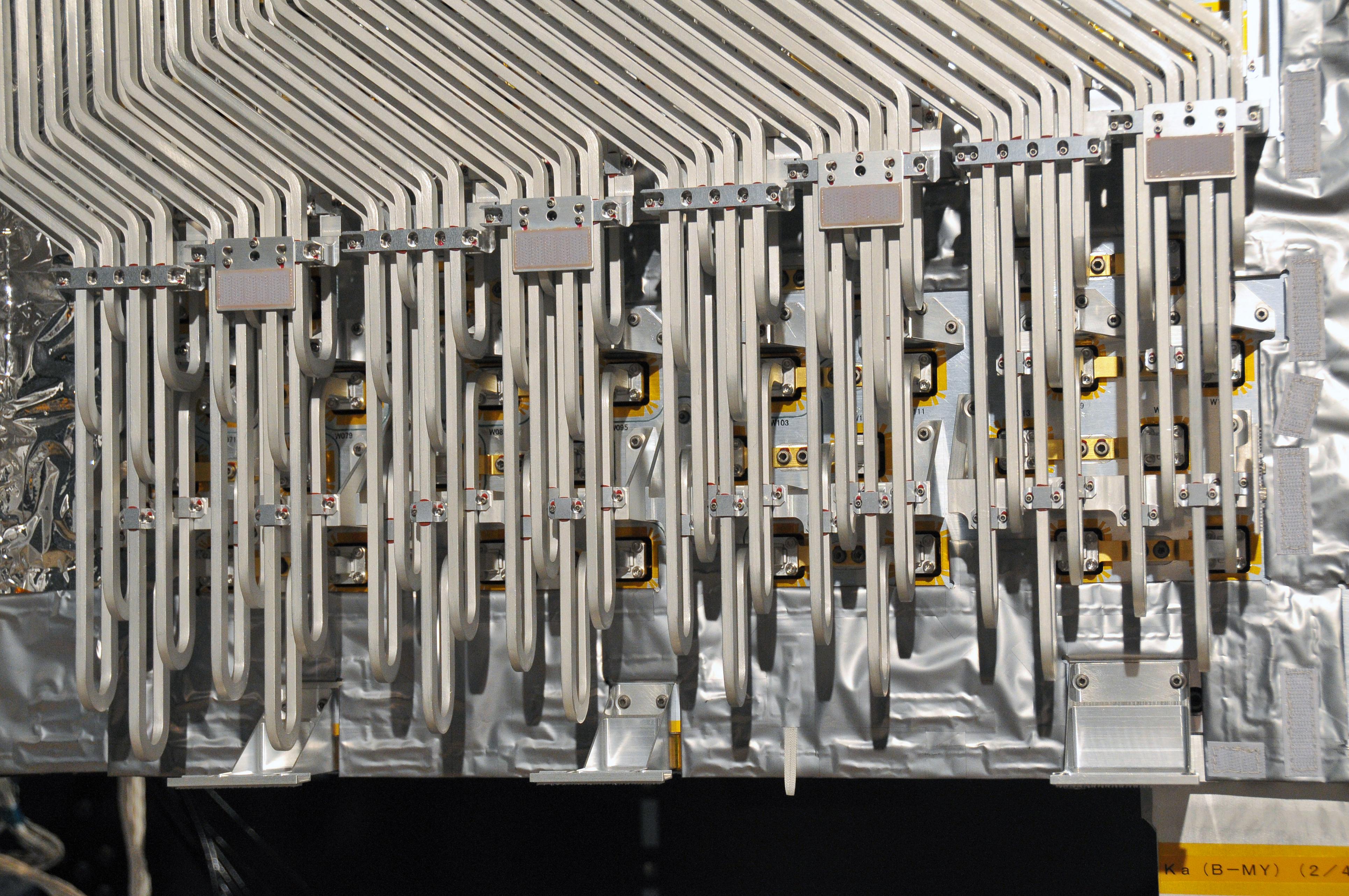
The DPR was built at JAXA and is being transported to NASA Goddard Space Flight Center for integration onto the GPM Core Observatory.
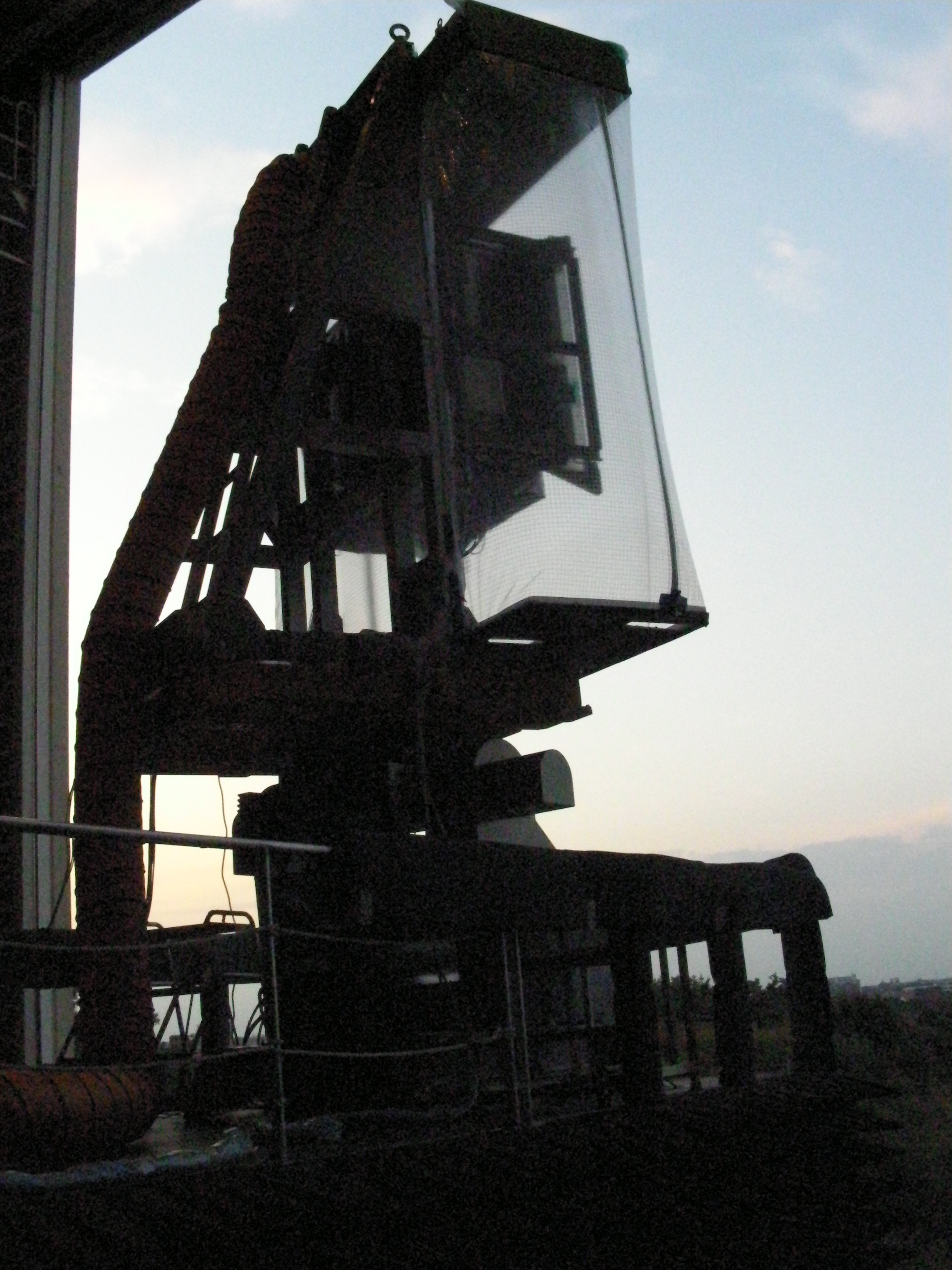
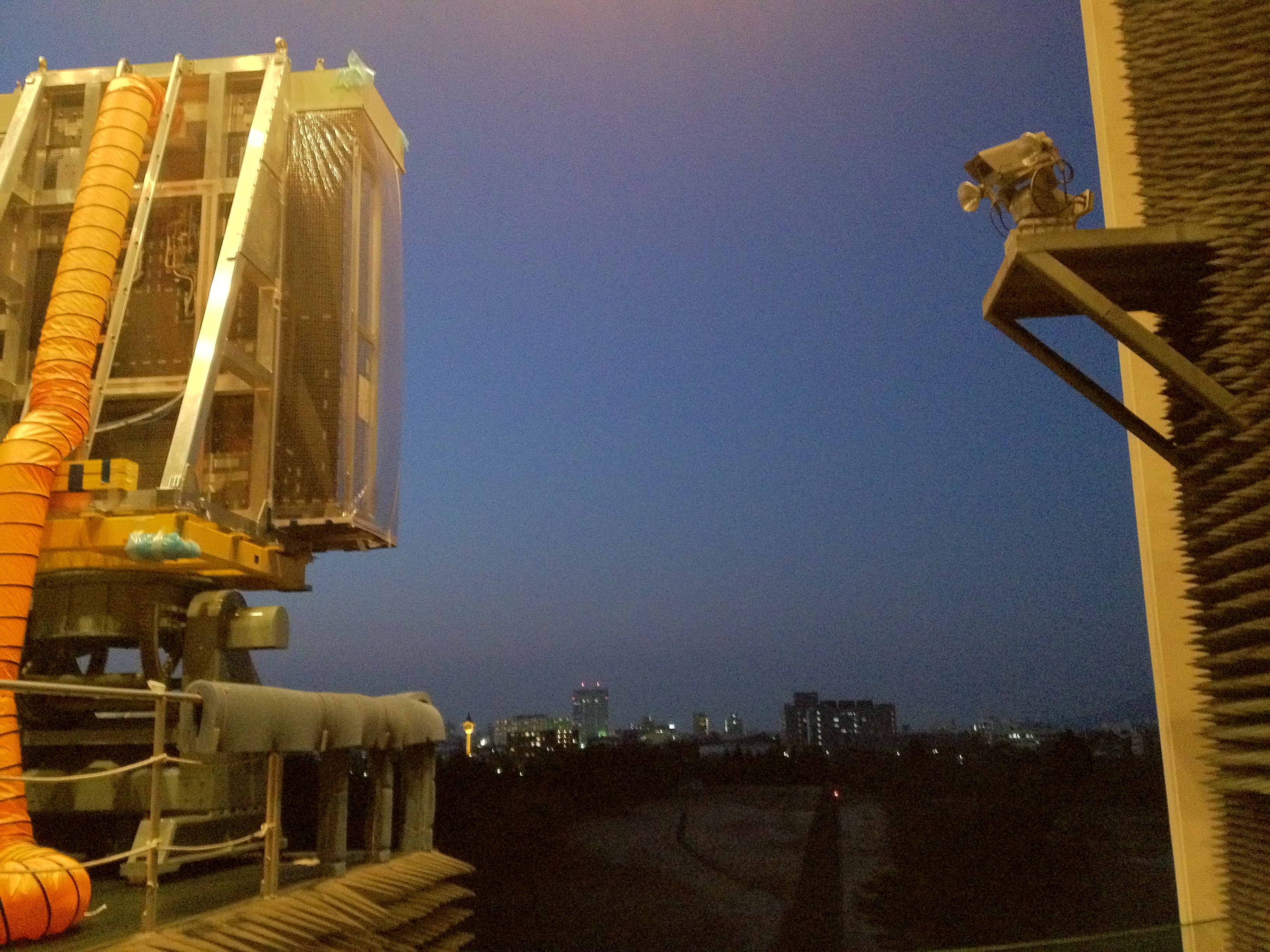
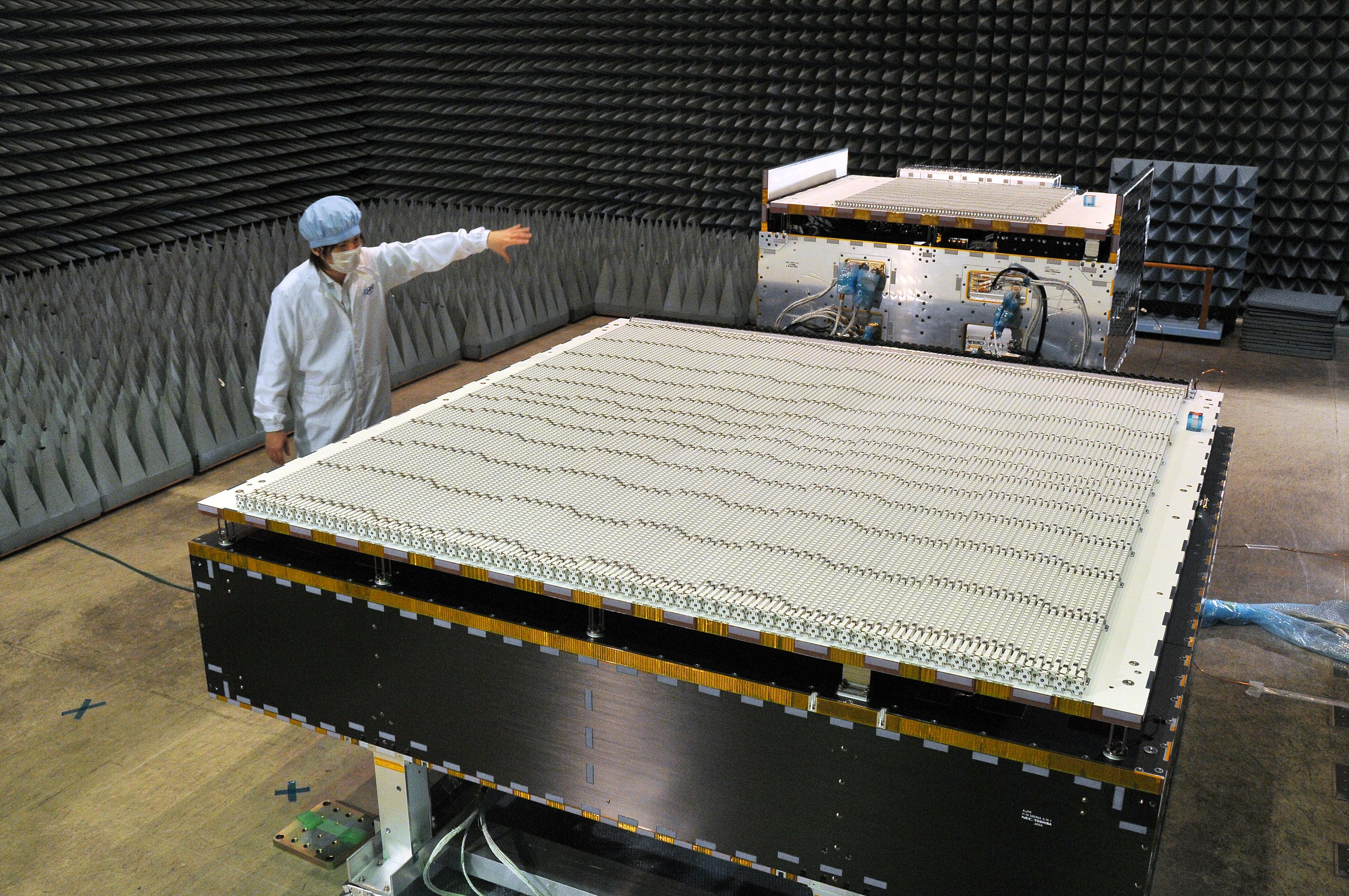
The Japanese-built radar is a new instrument designed to take 3-D measurements of raindrops and snowflakes.
(ambient audio only)
This and other similar tests will verify the deployment function of the GPM Core Observatory solar arrays in ambient condition. Data such as deployment time, hinge forces, and system stiffness will be gathered and reviewed for requirement compliance. The qualification unit was assembled with flight and non-flight components. The flight components will be removed and integrated with the flight unit after qualification testing.